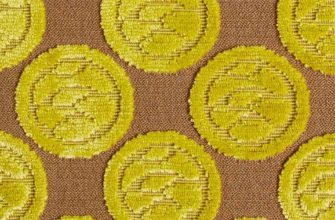Tulle is a fabric made from synthetic fibers with natural fibers. It is made from silk, cotton, synthetics and various fibers. Light and flexible fabric can be seen on the windows of almost every home.
Its main feature is the ability to transmit sunlight and simultaneously diffuse it, which is especially important in dark rooms. With proper care and careful use, curtains can serve for many years.

What is this?
Tulle is a type of mesh material characterized by cells of varying sizes formed by the joined threads of the warp and weft. The name of the fabric comes from the French city where it was first created. Previously, this simple and light textile was used for sewing clothes.
Important to know! Previously, tulle was made exclusively by hand, but nowadays this method is almost never used due to the lack of specialists who possess this technology.
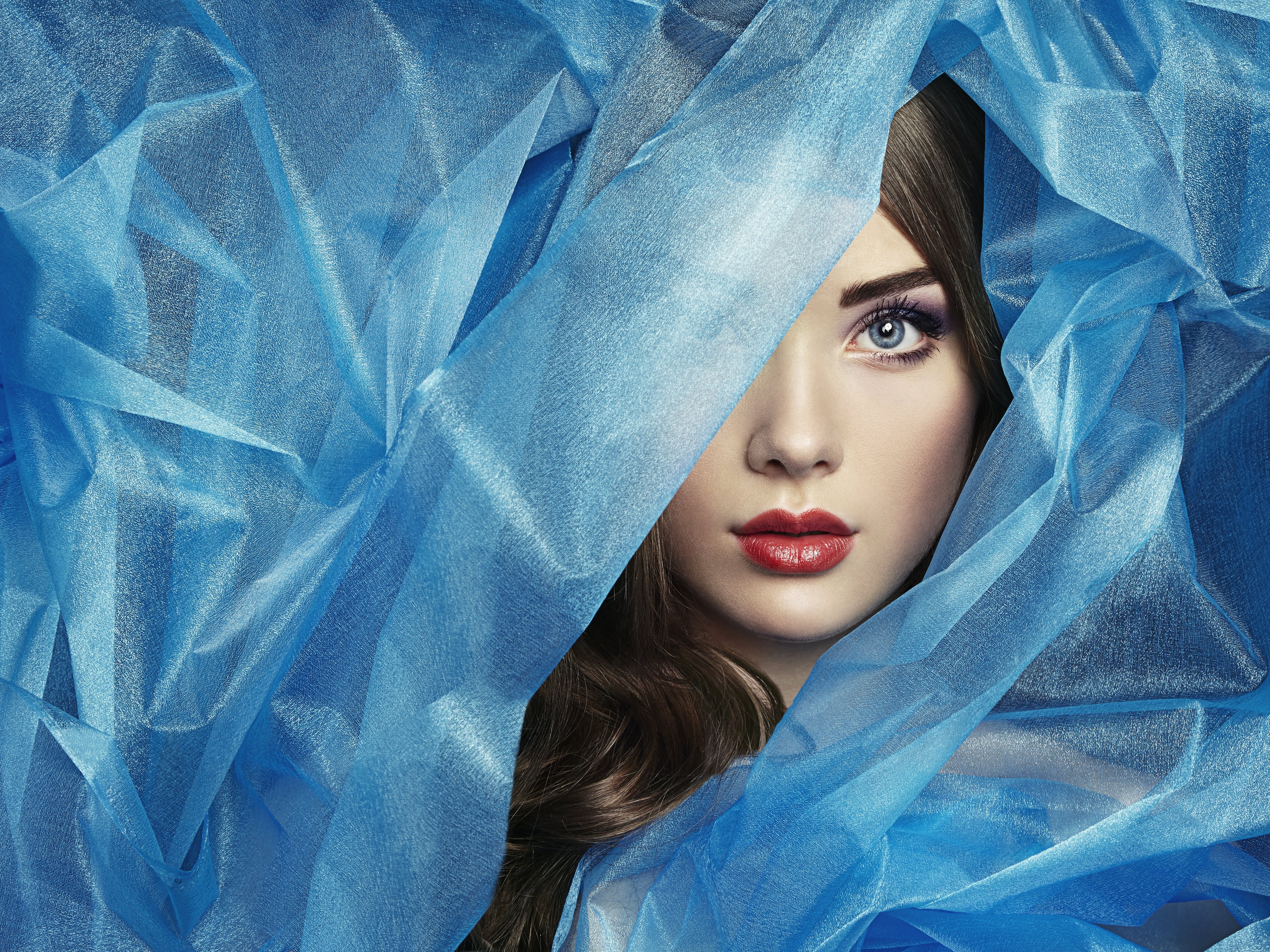
This material looks quite original and attracts attention, creating associations with the outfits of fairy-tale princesses. However, in addition to its external appeal, the fabric has a number of practical advantages:
- easy;
- smooth;
- breathable;
- transparent;
- does not require complex maintenance;
- affordable.
What is quality tulle made of? Modern manufacturing plants use polyamide and polyester fibers, as well as their mixed versions (cotton and silk) to produce durable and flexible tulle.
Please note! Highly twisted cotton threads, nylon and polyethylene terephthalate fibers are used as raw materials. Manufacturing is carried out on multi-shuttle, shuttleless and Raschel machines with computer control.
Colors and patterns
Patterned curtain fabrics are made using several methods:
- On multi-shuttle machines with three types of threads: base (longitudinal), pattern-forming (that binds) and a thread that creates the background and pattern. Jacquard devices are used to lay the pattern-forming threads. The fabrics produced on such machines have an open structure and can be made with a variety of weaves.
- On shuttleless machines with two types of threads: the main thread and the pattern-forming thread. The main thread forms loop columns with the help of special needles, and the pattern-forming thread binds them together. Such fabrics are distinguished by their durability, but are less clear, relief and complexity of patterns than other types.
- On Raschel machines with tongue needles using three threads: warp, weft and pattern-forming. Weft threads are laid across the width of the fabric through three chain loops, forming square or rectangular cells. To create a pattern, a pattern-forming thread is introduced, placed in the warp loops parallel to the weft ones. Patterns on openwork fabric, as a rule, consist of simple geometric shapes. The use of jacquard systems allows you to get clearer and more complex patterns, which can be geometric, abstract or plot, with a fringe along the edge.
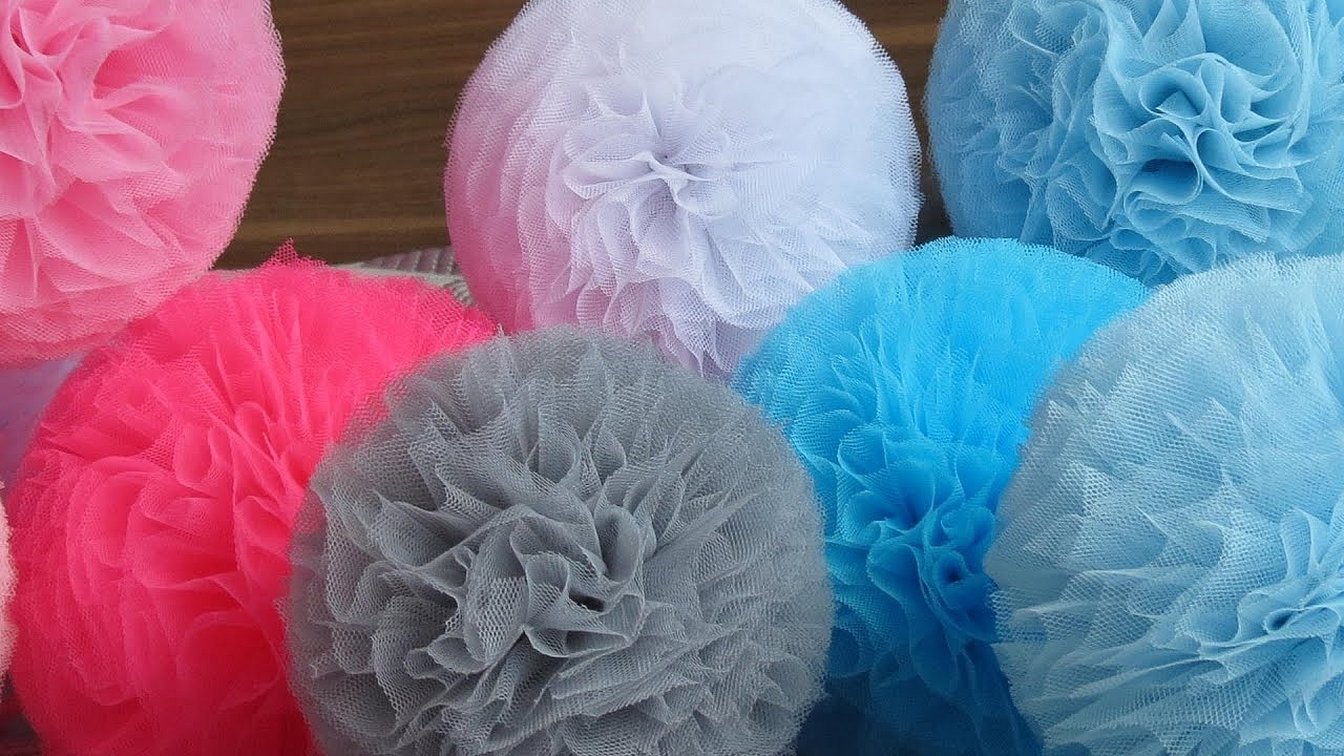
Fabric composition
Polyamide threads are used to create smooth tulle used in the decoration of corsets, lingerie, embroidered patterns, capes, bedspreads and veils. These threads provide elasticity and allow increasing the density of the fabric to 75-86 cells per 1 cm².
To increase the weight of the fabric and improve drape, lead fiber can be added to the border.
Important! Smooth facing tulle is created from nylon complex threads. Either cotton-lavsan or lavsan thread is used as a base, while viscose is used to form the pattern.
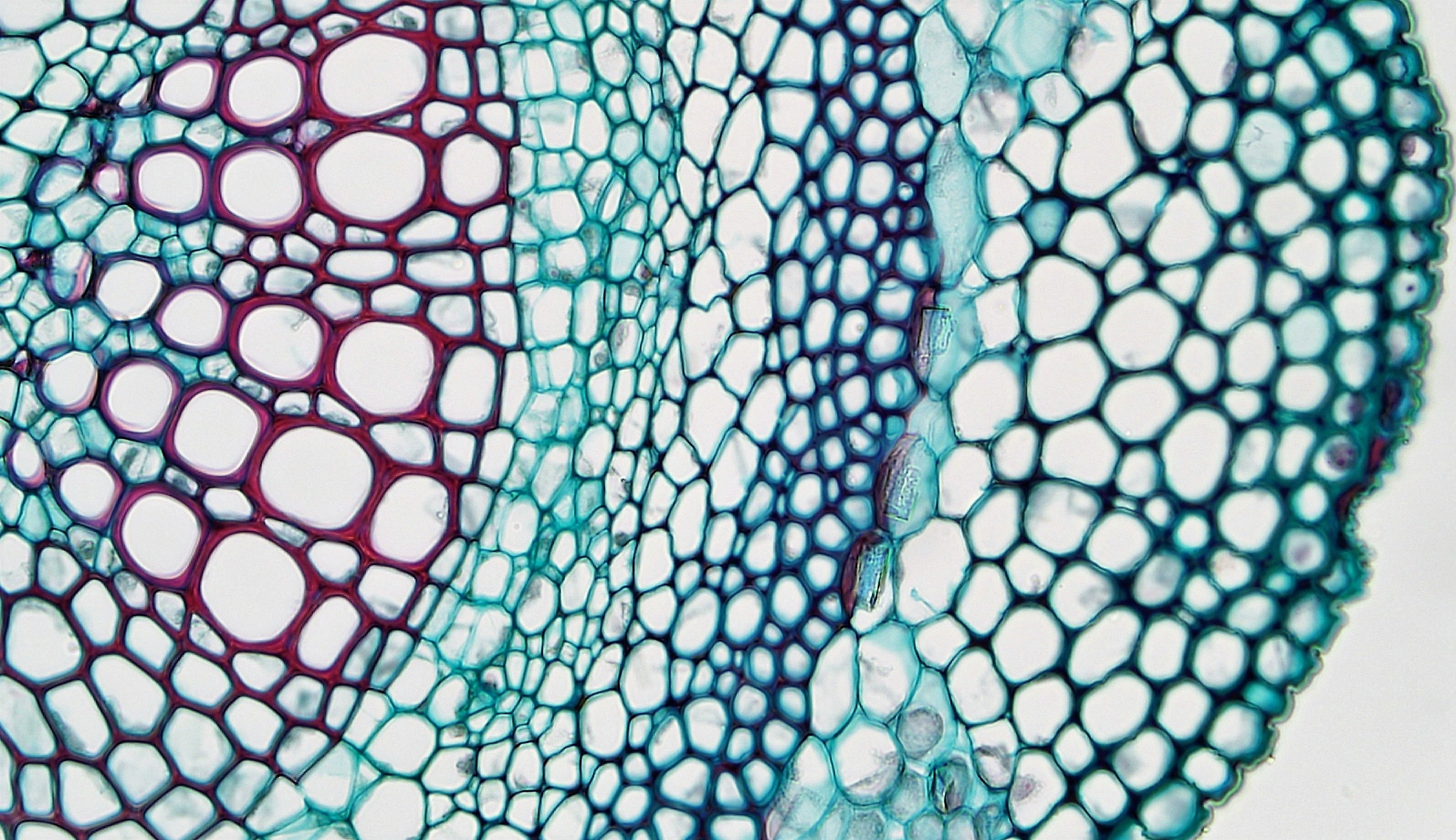
Fabric types and textures
What types of tulle exist and what can be created from it? This material is used to make both curtain and decorative tulle with embroidery, as well as individual embroidered items, wedding and festive outfits. In fabric stores, tulle is sold in rolls, which simplifies the process of forming a piece of fabric of the required length.
Tulle mesh
Both artificial and natural fibers are used for the creation. Usually, two threads are used at the same time, which helps to extend the service life. The vertical warp threads and the horizontal weft are connected with a knot or twisted, leaving a significant open space.
Depending on the production technology, the net can be either fine and almost invisible, or coarsely knitted. If flax is used, the fabric looks rough.
Cheap lace curtain tulle is used to make window curtains, as well as to decorate textiles and women's clothing.
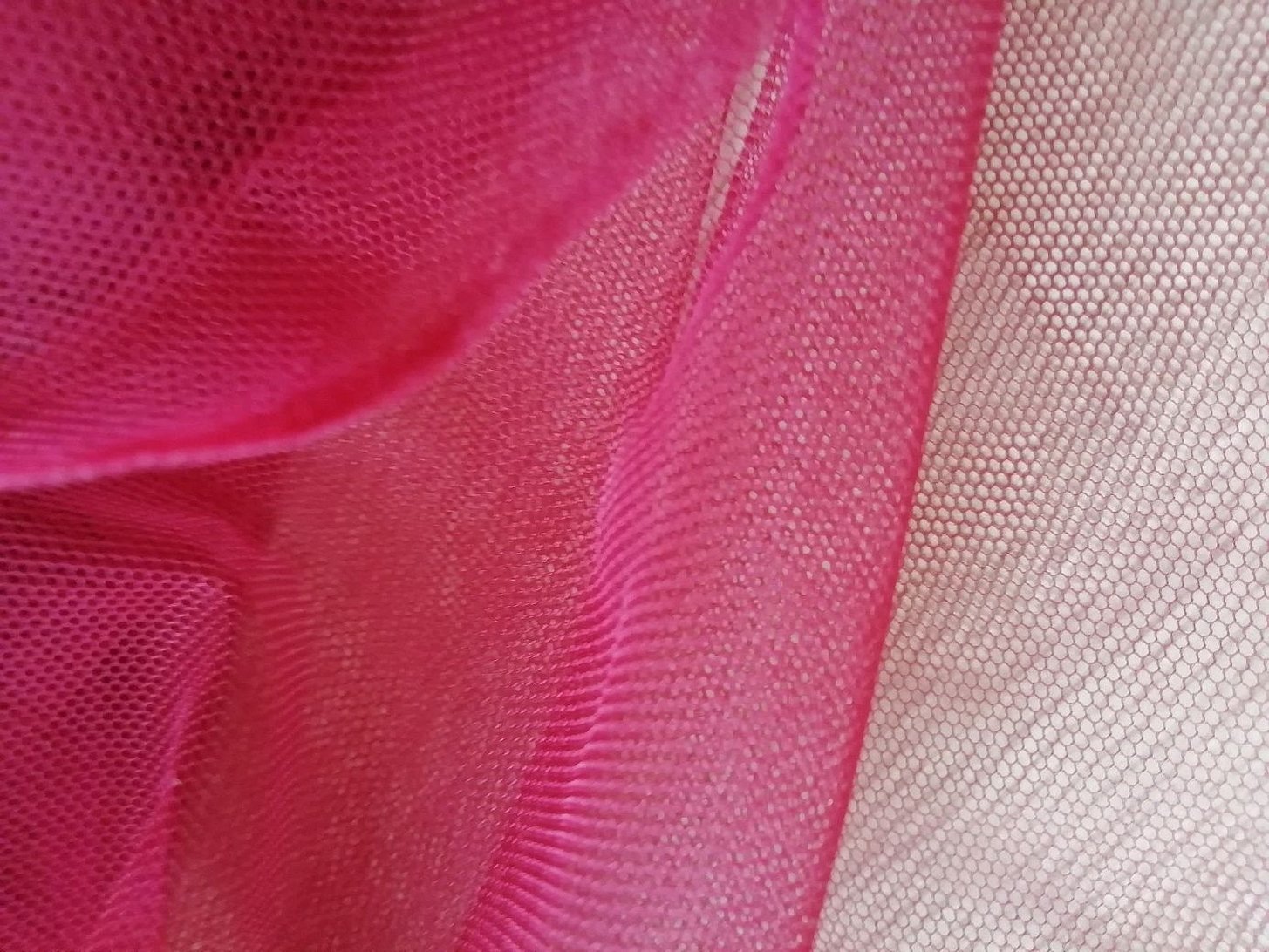
Organza
The production method determines the appearance of this material, which can be either matte or shiny. It is made of 100% polyester. The finest fibers are used to create this fabric. The use of transparent, faceted threads gives the material a shine. Silk and viscose may also be included in the composition.
Organza can be plain, iridescent or lacy. Patterns are made using embroidery, perforation or printing. This thin and light material is very durable: it does not wrinkle and retains its shape. The fabric is pleasant to the touch, smooth and slightly cold.

Veil
A thin fabric made of cotton, wool or silk with a plain weave. It is made using the plain weave technology. Veil is denser than organza, its threads shine in the light and let the sun's rays through, but it has low hygroscopicity. Nowadays, the translucent properties of tulle are used to create wedding dresses and are often used as decorative elements in everyday life.
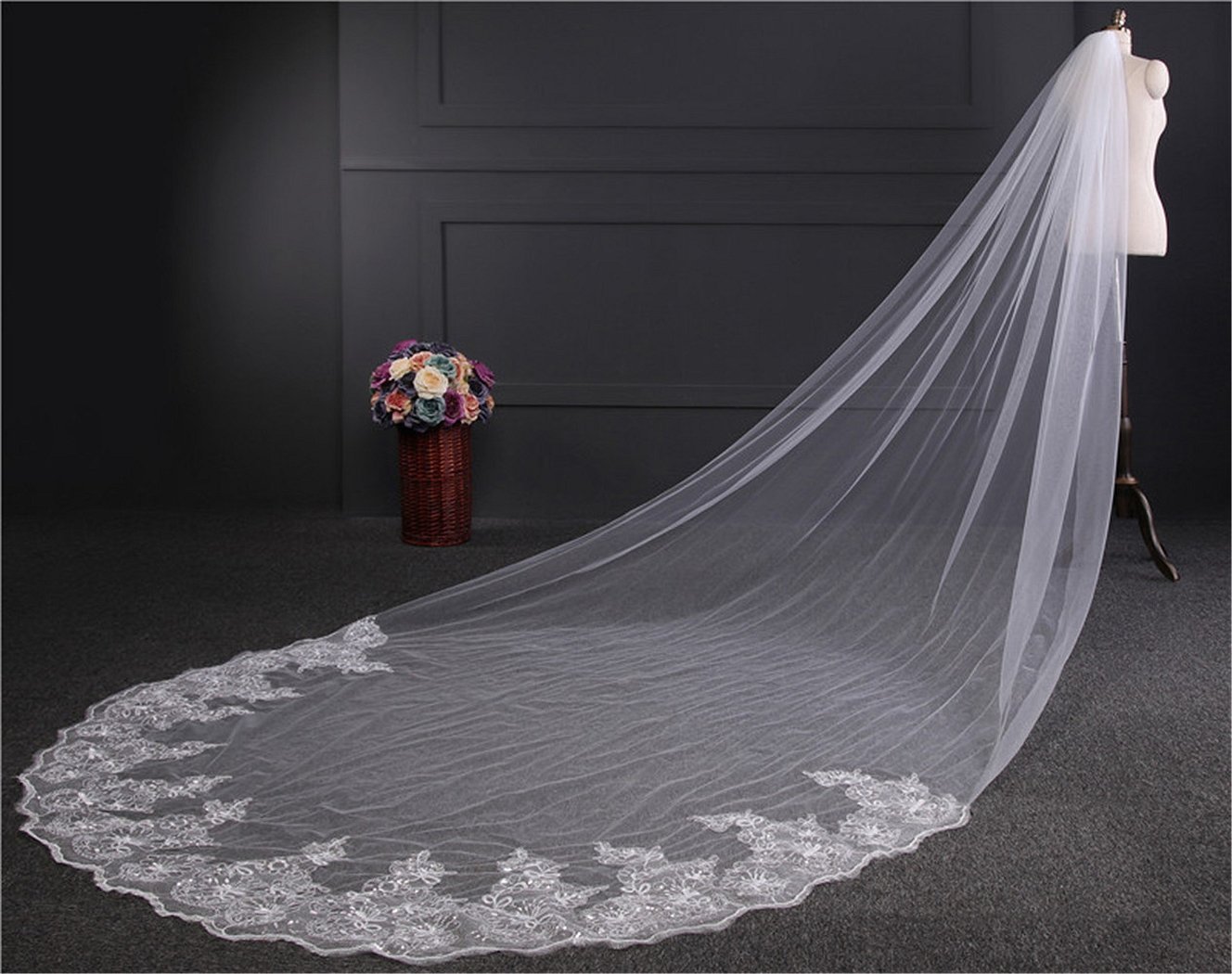
How to choose tulle for different rooms
Tulle curtains make the interior more cozy and attractive. For windows, you can use fabrics of various colors made of linen, nylon, cotton and other fibers. Even heavy tulle can transmit sunlight well.
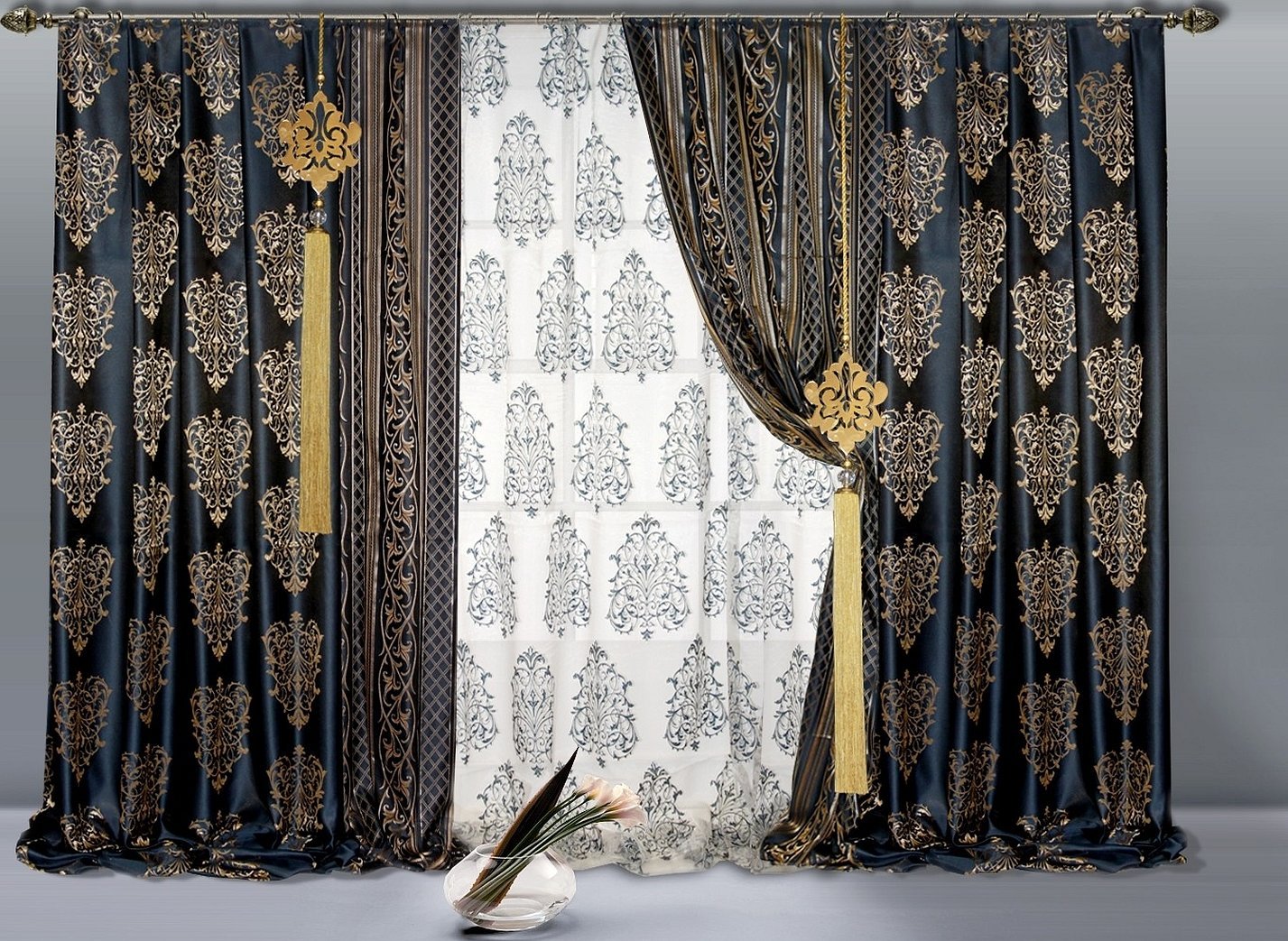
With the help of tulle you can create a harmonious design in any room:
- Kitchen tulle should fit organically into the overall interior concept and be easy to wash frequently. It can be either plain or lacy (organza, mesh, veil), made of cotton or silk threads. This material is treated with a special compound that makes it antistatic and dust-repellent. The width of the threads can vary (from 5 mm). Such curtains retain their original appearance for a long time, are easy to wash and do not require ironing.
- Living room and bedroom fabric in subdued tones emphasizes the main decorative elements, creating accents. Bright curtains go well with plain organza or mesh. It is recommended to avoid dark and overwhelming color solutions, it is better to give preference to light fabrics in white, cream or light brown shades. If tulle is used as an independent decorative element, it can be decorated with bright embroidery and contrasting colors. Embroidery with gold, brown or silver threads on white organza looks especially impressive. Light curtains, beautifully falling, become an important element of living room decoration.

Important! A good option would be if the embroidery motifs echo the decor of the sofa cushions or lambrequin. With the help of tulle, you can divide spacious rooms into zones without overloading the overall image. Roman curtains with organza or veil behind them look especially impressive.

Tulle for the living room
Current trends in tulle design
Trends in home textiles are as changeable as in clothing: what was fashionable yesterday may become a thing of the past tomorrow. To give the interior uniqueness and visual space, designers recommend using modern fabrics for tulle. Their names are familiar to many:
- lace - fabrics with decorated embroidery and knots;
- prints - lightweight fabrics with a terry effect;
- veil mesh - exquisite materials with a figured weave and mesh effect, with “falling out” fibers;
- "linen" - with a large damask pattern;
- weighted - with a patterned, dense printed design located at the bottom of the fabric;
- chameleons - a veil with shiny iridescent reflections and built-in reflective and mother-of-pearl fibers;
- photo curtains - translucent with a 3D effect, images of roses, tulips, clouds are popular;
- gradient - a bright color smoothly transitions into a darker or more saturated one. Such curtains look attractive both straight and gathered in an "hourglass" form.
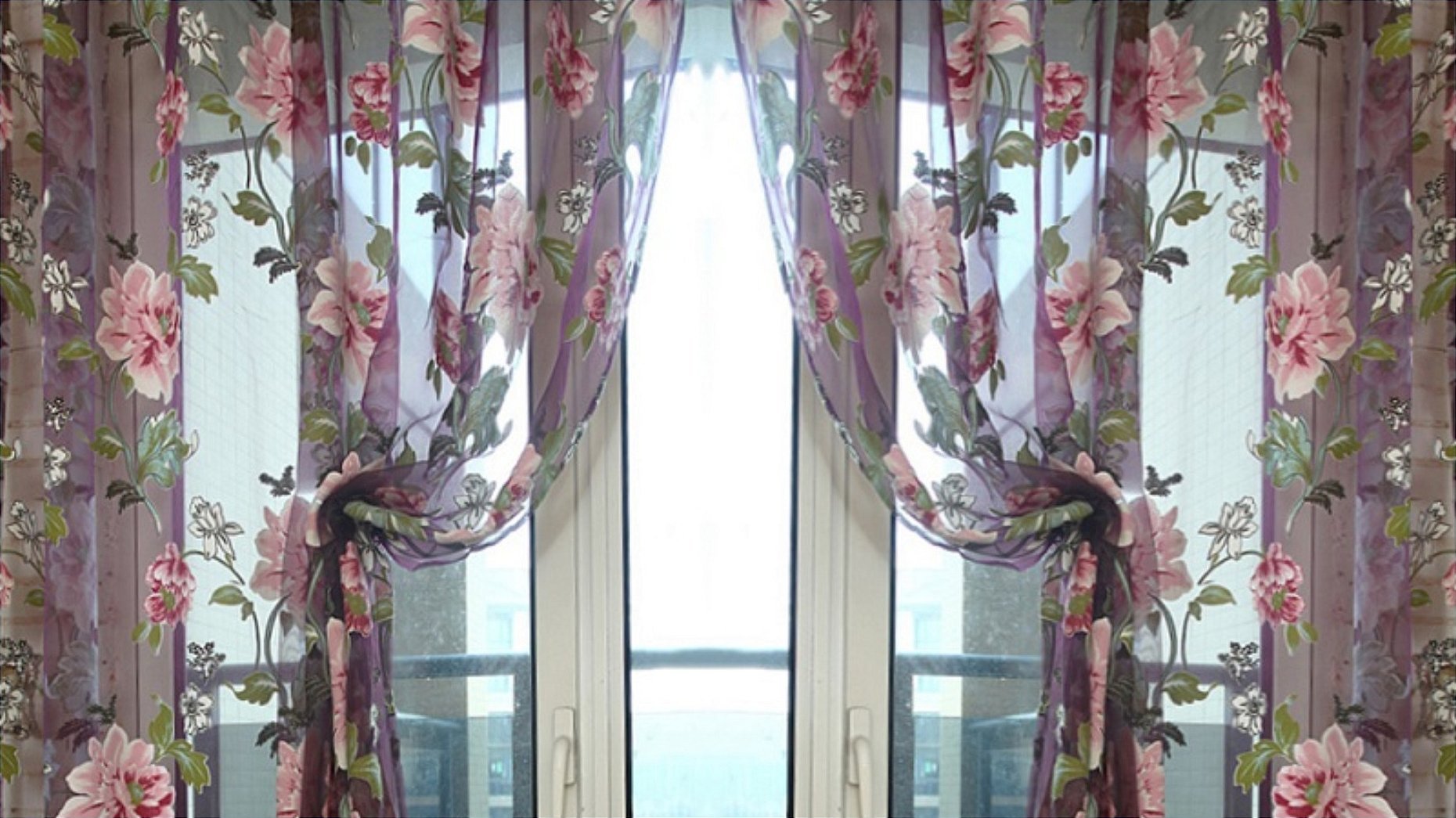
Keep in mind! Tulle is harmoniously combined with velvet, glass bead curtains and thick damask curtains. To add grandeur, compositions with several layers are created. Grabs, ribbons, holders and clips are used as additional decorations.
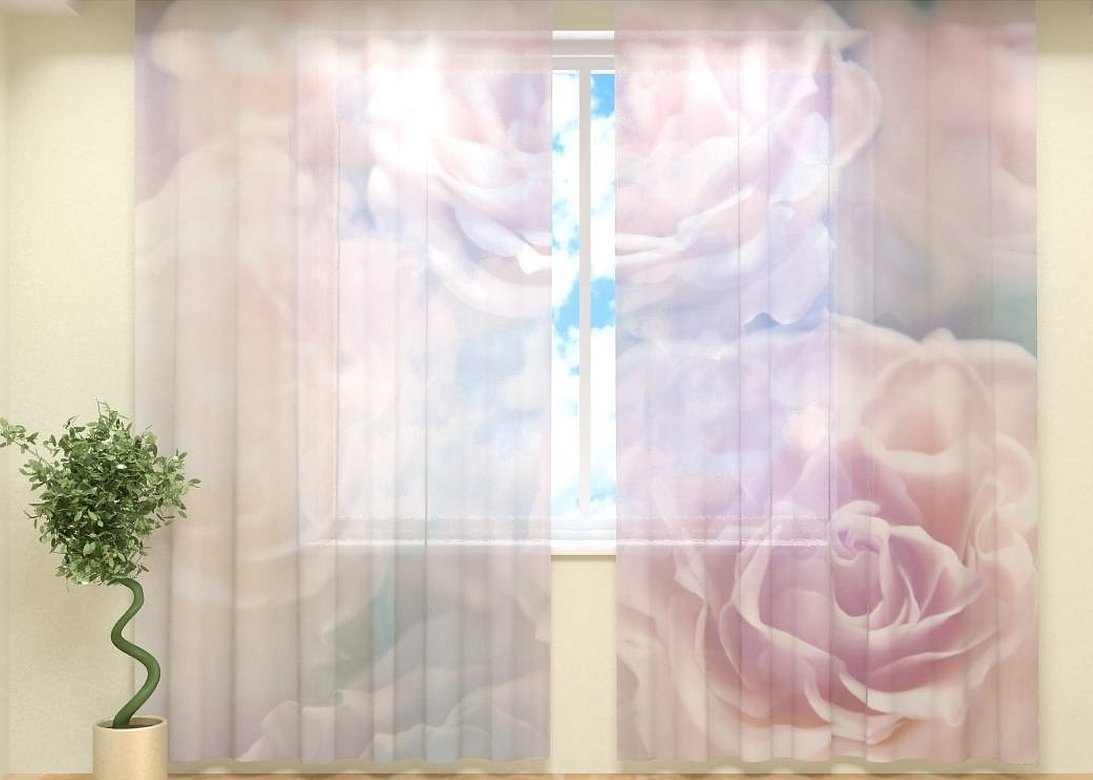
Fabric care
The material has almost no disadvantages, however, due to its lightness and openwork, it is recommended to protect it from mechanical damage.
- Wash. The material can be washed by hand or in a washing machine, as it is very light but voluminous. If the tulle is not very dirty, it is enough to leave it in water for 1-2 hours to wash off the dust. The water temperature should not exceed 50°C, and it is better to choose the “No spin” washing mode.
- Dry. After washing, do not wring out the curtains, but hang them up immediately to let the water drain. The weight of the moisture will straighten the fabric itself. To prevent creases and folds, do not hang the tulle on a rope, it is better to return it to its place immediately.
- Iron. Tulle is sensitive to high temperatures and can deform or shrink. For high-quality ironing of nylon material, it must be ironed when it is damp, so it is worth ironing it immediately after washing. Organza should be ironed only after complete drying in the steam mode through silk fabric.
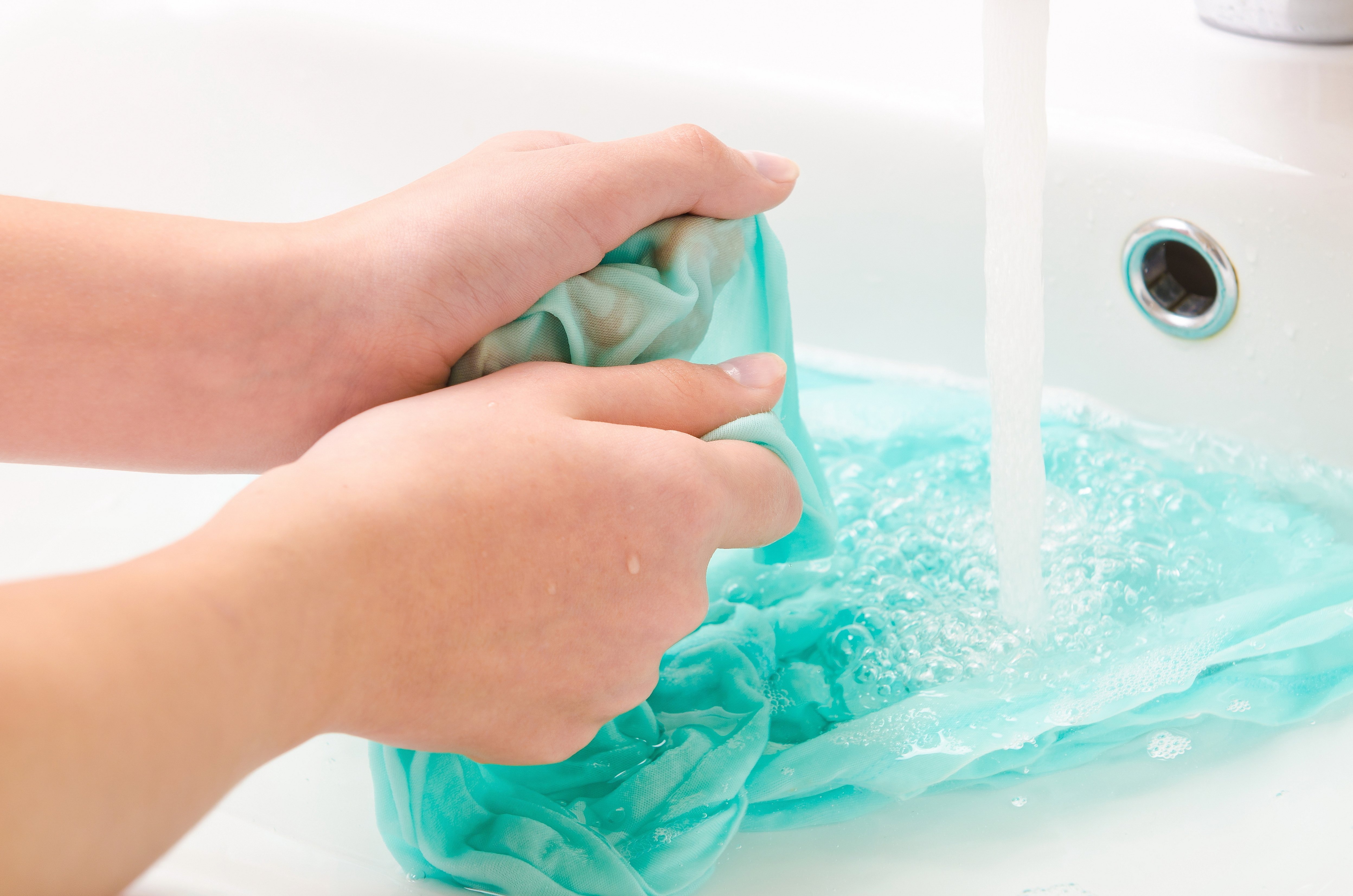
Traditional snow-white tulle requires special attention and care. Micro-pollution is clearly visible on this material, so strict requirements are imposed on such products: the fabric must be wear-resistant to withstand frequent washing.
To maintain color, purity and quality, all types of fabrics, including snow-white tulle, should be washed at least three times a year.
Thus, when choosing fabric for tulle, there is plenty to choose from. The main thing is to weigh all the pros and cons of each type of material, so as not to regret your choice later.



